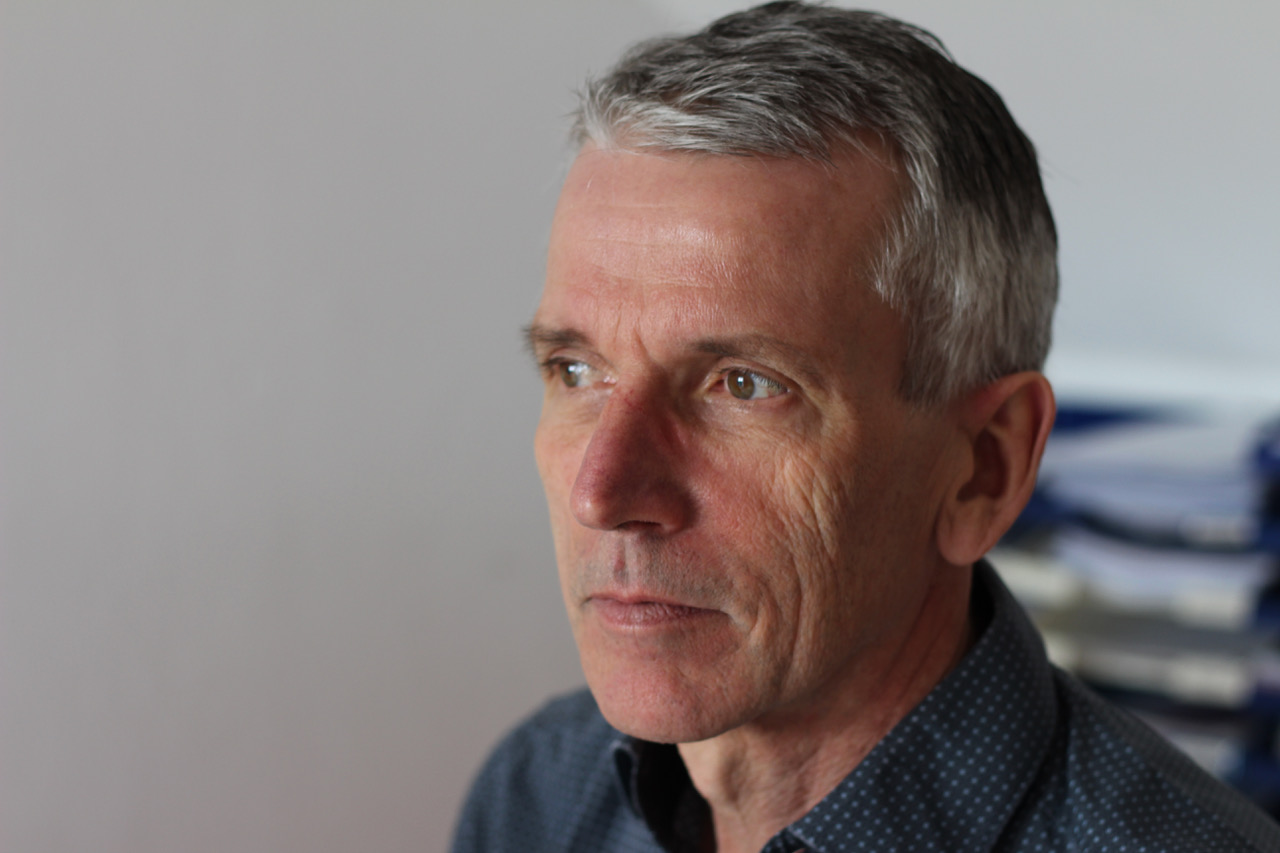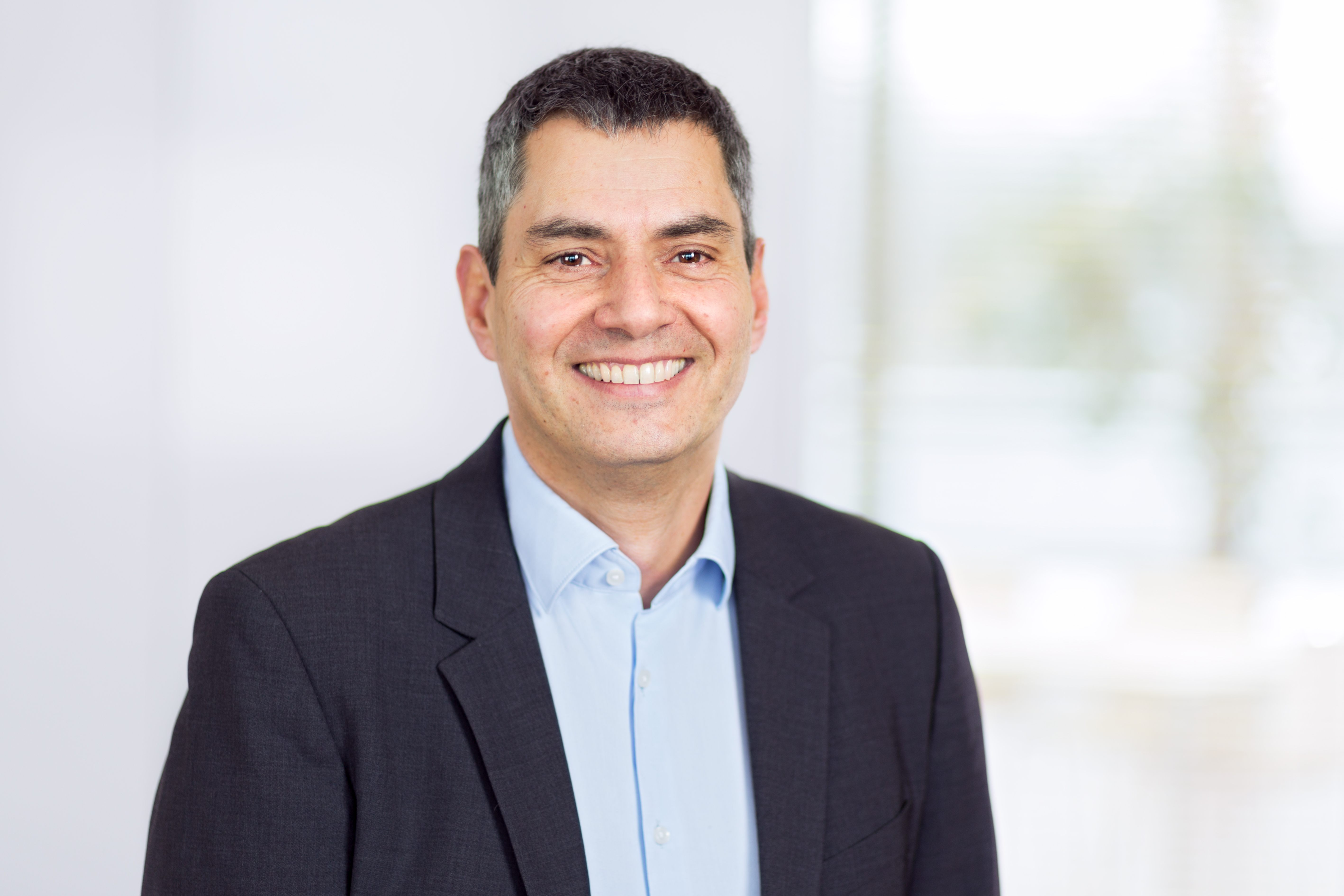Organ failure due to fatty liver
HepaRegeniX develops an active substance for liver regeneration
When the liver stops regenerating on its own, it might be possible in future for doctors to intervene with a chemical agent. Tübingen-based HepaRegeniX GmbH is developing a promising candidate with the aim of improving the treatment of both acute and chronic liver failure.
Obesity is one factor that can lead to fatty liver. Basically, the liver is an organ with a high regeneration capacity. However, over time, fat deposits can initiate inflammatory processes that cause chronic liver damage. This can lead to fatty liver hepatitis (NASH = non-alcoholic steatohepatitis). Chronically inflamed connective tissue in the liver develops severe scarring. Such so-called fibroses can eventually lead to irreversible cirrhosis of the liver. At the cellular level, liver cells progressively die or are no longer able to proliferate sufficiently. This can lead to fatal liver failure. For many years, researchers have therefore been searching for a therapy that can promote and reactivate the regenerative capacity of the liver before it is too late.
A few years ago, Prof. Dr. Lars Zender, hepatologist and oncologist at the University Hospital of Tübingen (UKT), discovered a molecular switch that has the potential to turn things around. Zender had been involved in developing a screening platform to find new target structures for treating liver cancer, and it turned out that screening could also be used to identify target structures for non-oncological liver diseases.
 Biotechnologist Dr.-Ing. Wolfgang Albrecht has been with the company since 2017, first as co-founder and CEO and since 2019 as COO. © Photo: Albrecht, HepaRegeniX
Biotechnologist Dr.-Ing. Wolfgang Albrecht has been with the company since 2017, first as co-founder and CEO and since 2019 as COO. © Photo: Albrecht, HepaRegeniXThis is how the team came across the aforementioned switch, namely the enzyme MKK4 (mitogen-activated protein kinase 4). This kinase is part of a biochemical signalling pathway that controls, amongst other things, cell growth and apoptosis, i.e. programmed cell death. It has been shown that in cases of disease, when the organ needs fresh and functional liver cells, inhibition of MKK4 massively promotes regeneration.*
This discovery led to the foundation of HepaRegeniX GmbH. Dr. Wolfgang Albrecht, the company’s co-founder and current COO (Chief Operating Officer), remembers the initial challenges quite well: "We pursued three approaches in our search for an inhibitor. First, we used a crystal structure to model the active centre of MKK4 in silico in order to define a suitable inhibitor. Then, together with the Drug Discovery Centre in Dundee, Scotland, we carried out high-throughput screening of substance libraries and tested tens of thousands of substances. However, the breakthrough came with what seemed to be the most banal approach: through literature searches we found out that an already approved cancer drug also docks to MKK4."
Interrupting the signalling cascade, regenerating the liver
The HepaRegeniX team started development work and adapted the molecule to their own requirements. They succeeded in completely eliminating the primary mechanism of action against the oncological target molecule and optimising the secondary mechanism, i.e. making the molecule a selective MKK4 inhibitor. The company carried out this work with Prof. Zender’s team at the UKT and HepaRegeniX co-founder Prof. Dr. Stefan Laufer’s team at the Institute of Pharmaceutical Sciences at the University of Tübingen. Eventually, the researchers had access to several potent drug candidates with different properties that were suitable for drug development. The company then initially concentrated on the candidate that was most promising for the indication of liver regeneration. "Here we have a classical chemical drug candidate that has proven to be effective in various disease models and, which we now know, carries a very small safety and tolerability risk. This makes us very optimistic about clinical development," explains Albrecht.
 The experienced biotech entrepreneur Dr. Michael Lutz joined the company as CEO in 2019. © Photo: Lutz, HepaRegeniX
The experienced biotech entrepreneur Dr. Michael Lutz joined the company as CEO in 2019. © Photo: Lutz, HepaRegeniXIn 2017, the company received Series A financing for the further development of the active substance, in which High-Tech Gründerfonds, Coparion and Novo Ventures participated alongside the lead investor, Boehringer Ingelheim Venture Fund. The preclinical data then proved so promising that HepaRegeniX was able to conclude a Series B financing round of 11 million euros in January 2020. All existing investors participated in the new financing round. "This was the largest financing round in the German-speaking life sciences sector in the first quarter of 2020," said Dr. Michael Lutz, who has been CEO of the company since October 2019. Just a few months later, in early July 2020, the company was able to announce further successes. In several animal models, the inhibitor proved its ability to regenerate the liver in acute liver failure. Further investigations into chronic liver failure are still ongoing.
Preclinical testing delivers excellent results
In cooperation with the Mayo Clinic in Rochester, USA, the company was also able to show in animal models that the inhibitor enhanced the liver’s regenerative capacity. "We were actually quite surprised that liver regeneration works so outstandingly well in pigs. After 80 percent hepatectomy (liver resection), the liver does not often regenerate. However, after three intravenous administrations, the MKK4 inhibitor led to a significantly increased regenerative capacity of the remnant pig organ," said Lutz. Since a pig liver is very similar to a human liver, the team are now sure that they are on the right track. The first phase I study in humans is planned for 2021 and by then at the latest, the inhibitor will also have a name. "Then we will gradually work through protocols and everything else necessary for approval with external partners. Nothing in the previous studies has suggested serious side effects, but of course this needs to be investigated further," said Albrecht. Albrecht and his colleagues are aiming to obtain marketing authorisation both for treating acute liver failure, which is associated with a high mortality rate, and for treating chronic liver diseases that have developed over many years.
In the course of the international liver meeting AASLD, joint research results of Heparegenix GmbH and Mayo Clinical will be presented in detail. The digital expericence of AASLD takes place November 13-16, 2020.